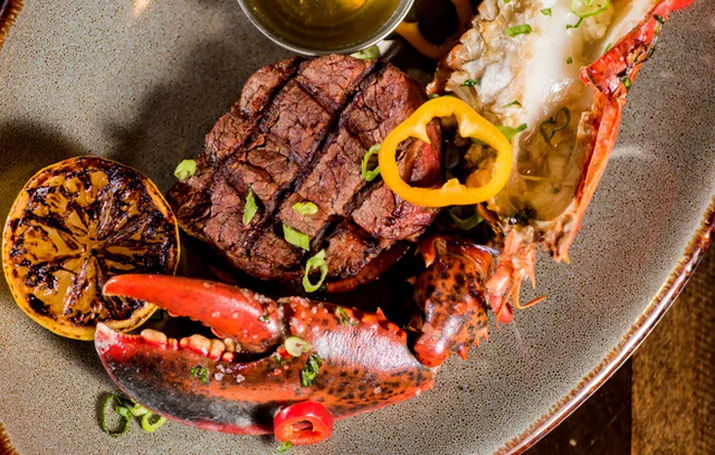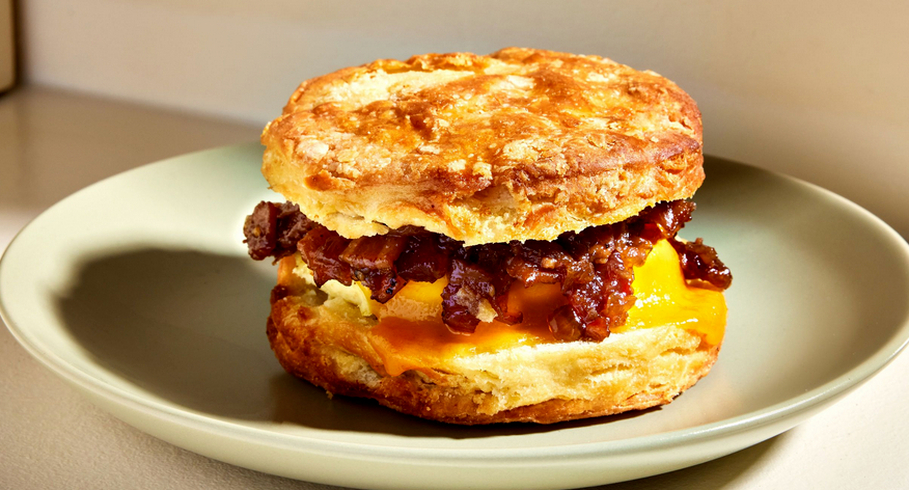PHILADEPHIA, PA - Eating a delicious hot dog during a backyard cookout or baseball game is an American tradition, but have you ever wondered where the hot dog came from? This article will examine the evolution of classic food, from the discovery of sausage until the popularity of hot dogs, which exploded in the first half of the 20th century.
Hot Dogs in The Ancient World
Before you can have hot dogs, you have to have sausage. One of the oldest processed foods in recorded history, the link was mentioned as far back as 850 B.C. in the legendary works of Homer. However, the credit for discovering sausage has also been bestowed on Gaius, the cook for Emperor Nero in 64 A.D.
It is said that the intestines of a cooked pig came out after Gaius inserted a knife to see if it was ready to be served. Realizing the potential for this hollow casing, Gaius begins tying the intestines into sections and stuffing them with spices, ground beef, and even venison.
History of Hot Dogs
The 15th century saw the development of the frank in (where else?) Frankfurt, Germany. Centuries later, in the early 1800s, this same city would serve as the training ground for the sausage maker who's credited as making the first wiener. The frankfurter, by the way, would later become known in Germany as the "dachshund sausage" due to its distinctive shape resembling that of the famous breed of canine.
German immigrants brought these innovations with them when they came to America, and the first hot dog stand was opened by Charles Feltman on Coney Island in 1867. With a limited area to serve and store sandwiches, he came up with the idea to save space by placing heated sausages inside of a bun. He sold over 3,500 hot dogs in his first year, and Feltman would eventually build up an empire worth over a million dollars by the time of his death.
Credit also goes to Antonine Feuchtwanger, a German immigrant who sold sausage in St. Louis during the waning years of the 19th century. Since the hot sausages would sometimes burn the hands of his customers, he came up with the idea to supply patrons with white gloves to protect their hands. Unfortunately, many patrons walked off with the gloves after devouring their sausage, which proved to be a drain on Feuchtwanger's resources. Looking for alternatives, he turned to his baker brother for help and soon placed the sausages inside a split bun. This innovation was known as a red hot. Also, see... Philadelphia Hot Dogs
The Name Hot Dog
The term "hot dog" didn't always have a positive meaning, though, as it was initially used to question the sausage ingredients. Some said that dog meat was used, a claim that vendors vigorously denied. In 1913, the Coney Island Chamber of Commerce even prohibited the words from appearing on any signs in the area. Later, everyone from cartoonists to entrepreneurs would be credited with making the term "hot dog" more desirable and part of mainstream American vernacular.
History of US Hot Dogs
The legendary Nathan's Famous, Inc. started in 1916, when Coney Island vendor Nathan Handwerker split with Charles Feltman's business. Selling his hot dogs for less than the competition, Nathan's quickly gained in popularity and remained a best-selling maker of hot dogs to this day. They're also well-known for sponsoring the annual Nathan's Hot Dog Eating Contest on the Fourth of July, an event that has made men like Takeru Kobayashi famous.
Hot dogs officially arrived in 1939, when President Franklin D. Roosevelt hosted King George VI, the ruler of England. Wanting to serve his guest something distinctly American, Roosevelt and his wife invited the king and queen out for an old-fashioned picnic. Nathan's hot dogs were served, and the monarch reportedly asked for seconds.
This famous American food is still going strong, and hot dogs can be purchased from sidewalk vendors, convenience stores, and numerous other nationwide locations. While hot dogs are delicious and inexpensive, thrifty food fans can save even more money by heading to their local newspaper and clipping Oscar Mayer coupons and the like.




